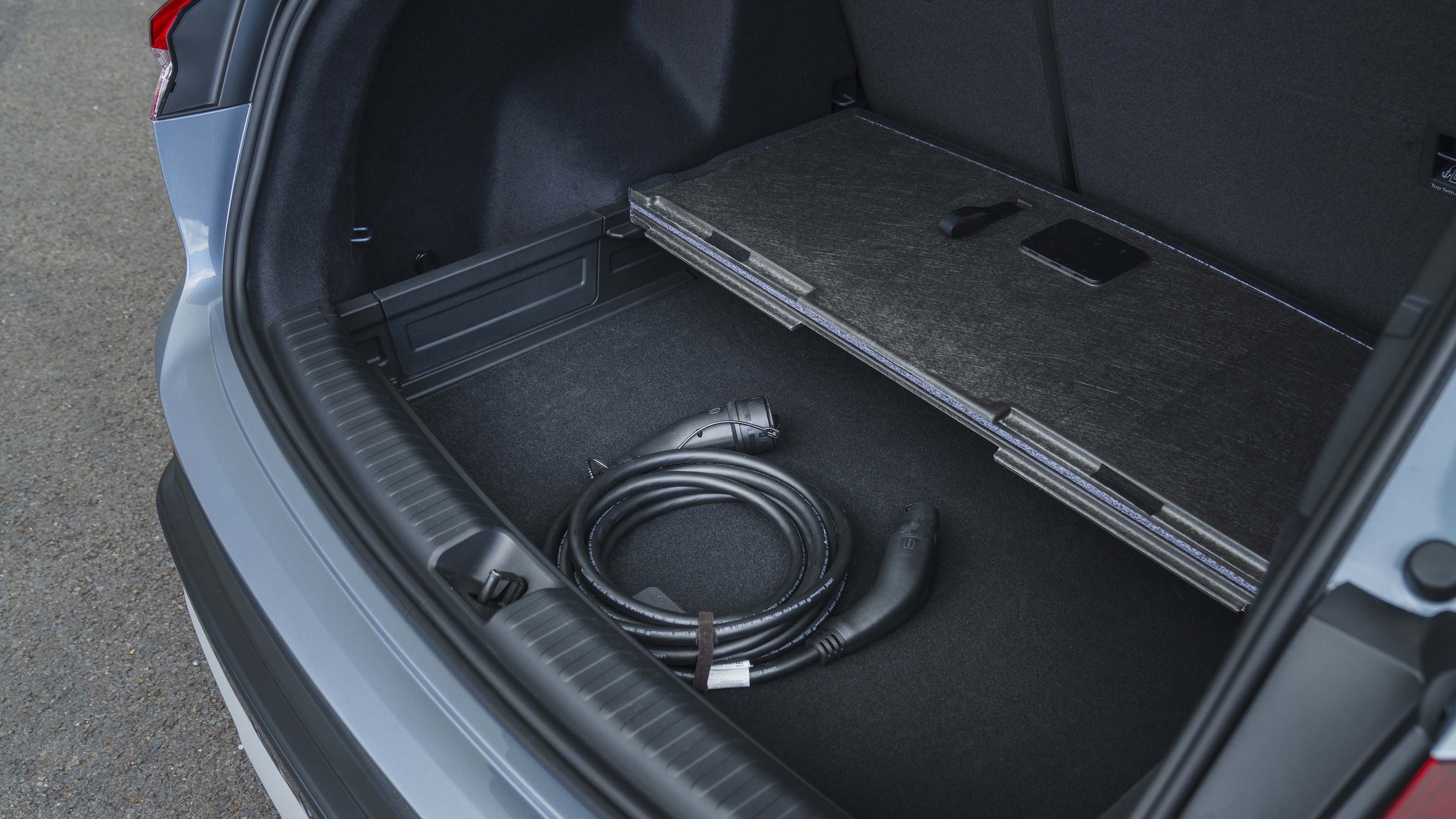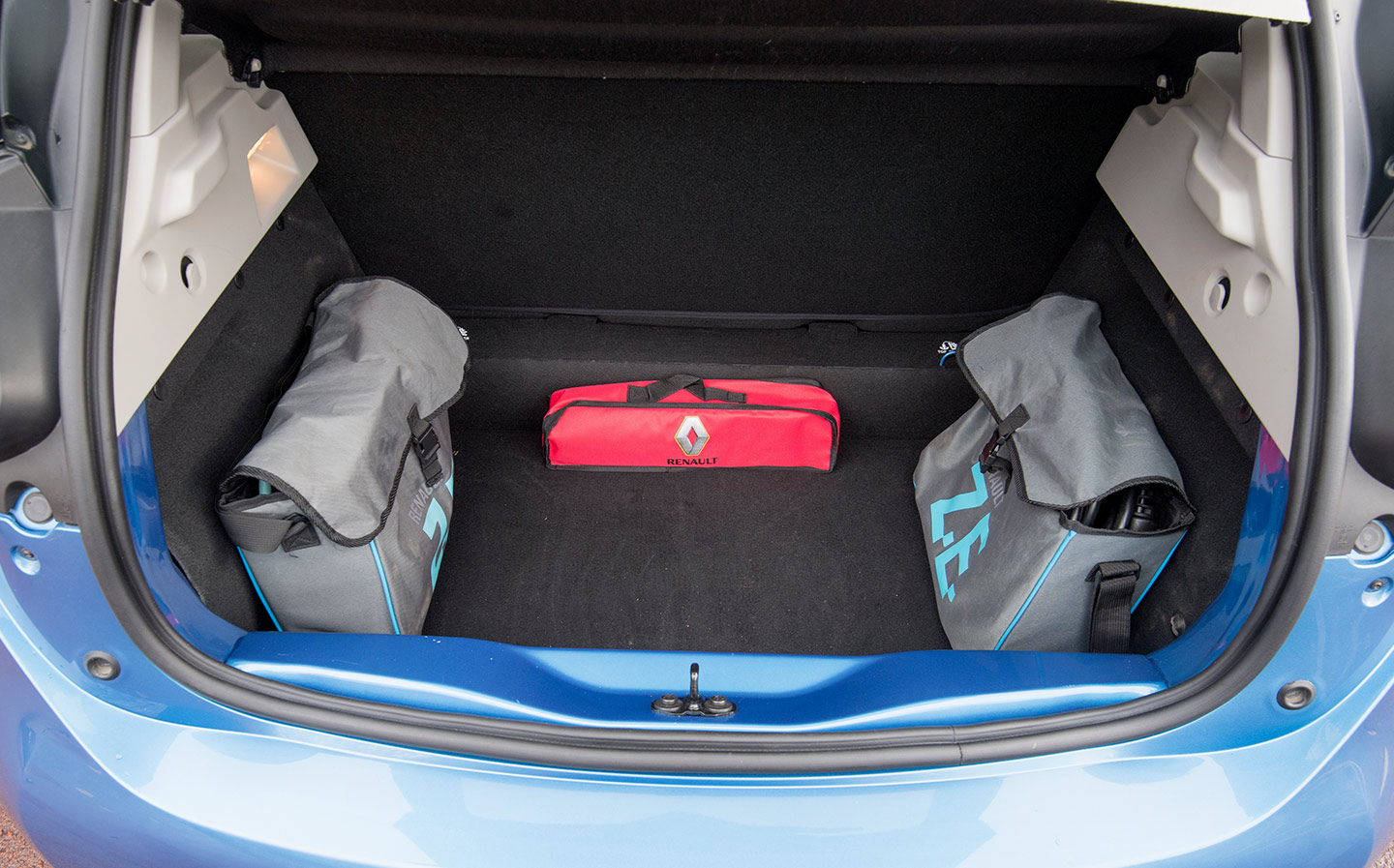I don't think it is the testing outcomes directly they are worried about. For pedestrian crash testing, there has to be an air gap between the hood and anything rigid (metal parts of the engine, normally) so that the hood can collapse and dissipate energy. How is that controlled by the manufacturer if the user gets to choose what goes under hood? Do other carmakers say that you can't put, for example, an anvil in the frunk? Do they build the air gap into the hood design? Do they slap stickers all over the inside saying that you can only fill to a certain height and only certain items are allowed up there? I honestly don't know how that is managed but I wager that manufacturers like Tesla don't even consider it. I can see very risk adverse automakers determining that it doesn't make sense to open that can of worms.
IMO, it's probably a serviceability thing. If they can put all the parts that would need repair (heat pumps, inverters, etc) all under hood for easy access, warranty repair bills go down and they probably have fewer durability issues with components because they aren't all crammed in every nook and cranny. It keeps manufacturing cost down, too, because they don't have to dress that entire area out as a touchpoint. Something like an F150 Lightning? Yea, that's big enough and probably useful enough for that type of buyer that it makes a big difference to the customer. My dad is a lifelong truck owner and he always has tools, winter gear, etc stuffed in the truck cab because most of the cargo area is unprotected from the elements. I could see a frunk being enticing to that type of buyer. In a compact crossover with relatively limited range, you probably don't need every cubic inch of cargo space... especially if it already exceeds what the comparable ICE version offers. If I decided to jump from a Rav4 to a Highlander, it would be due to the people space, not the cargo space.



